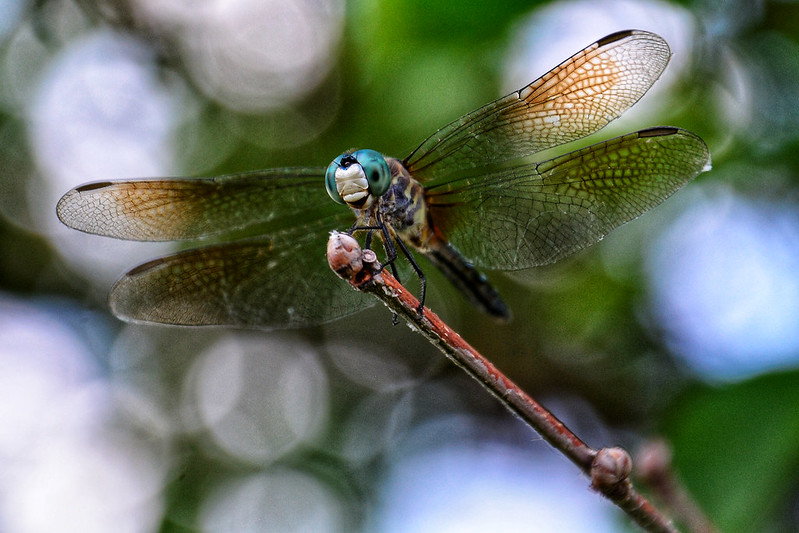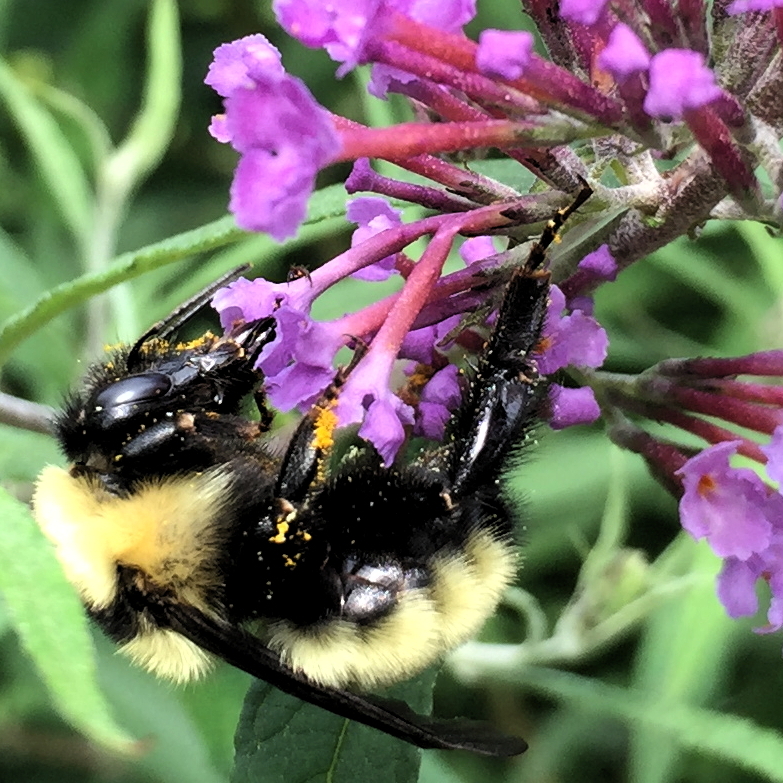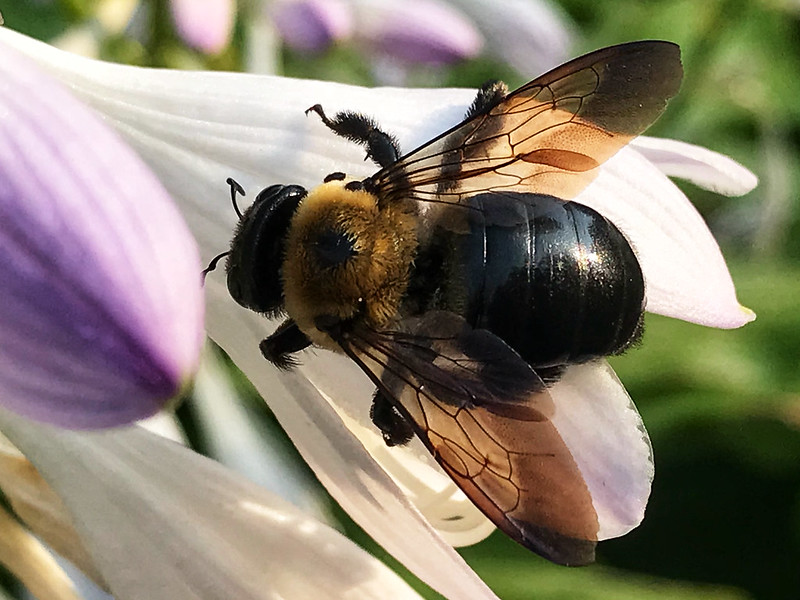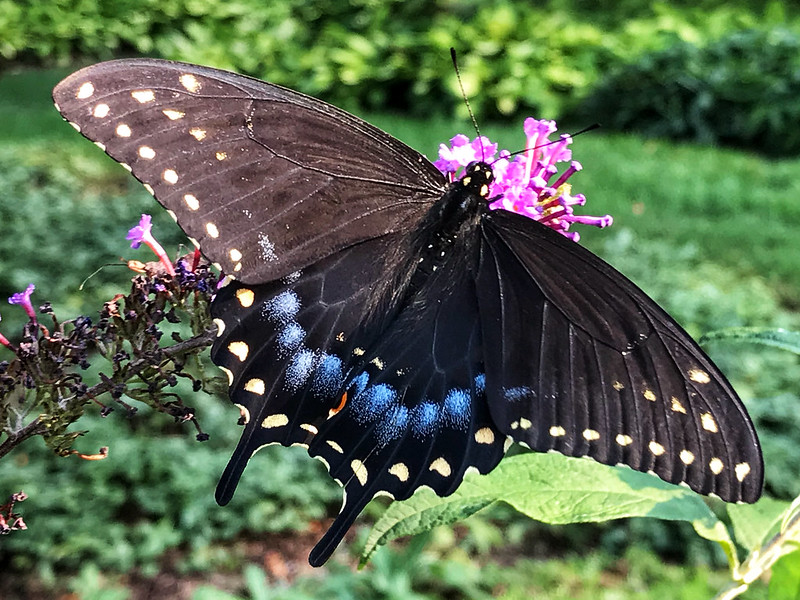August 30–31
My journeys on the Capitol Limited and Pennsylvanian were uneventful. The Capitol Limited arrived in Pittsburgh 40 to 50 minutes before the Pennsylvanian left, so it was a little close — but no Greyhound this time. I got my eastbound trip around Horseshoe Curve, although by looking to the inside I missed the derailed center beams on the outside – on both sides. (There were two derailments at the Curve this summer.)
I arrived in plenty of time to go on an outing to load up on spring water at Elk Run near Tyrone. Many, many bald-faced hornets were feasting on the plants by the stream.
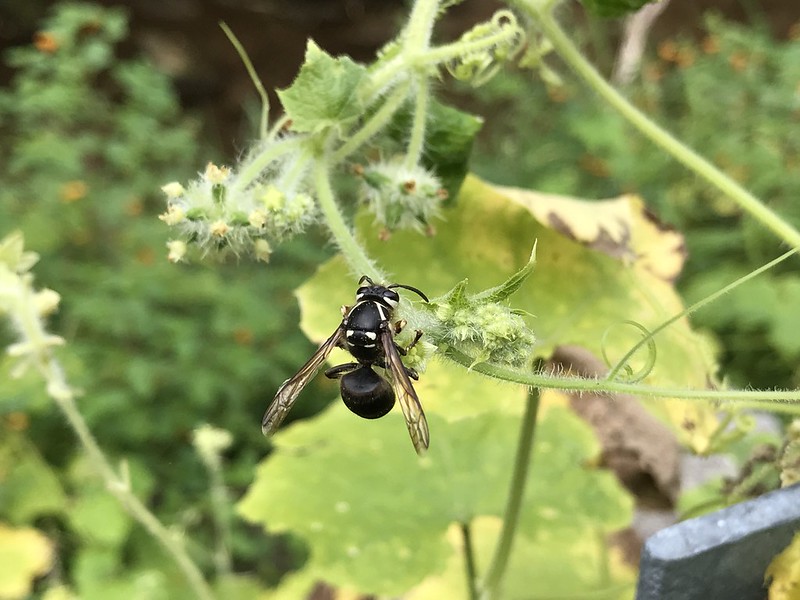
We also stopped at a farm in Sinking Valley to pick up what turned out to be the last corn on the cob of the season and later shuck it for an evening “mountain pie/hotdog cookout and corn boil.” I wish I’d taken a photo of my ham and cheese mountain pie. Delish.





 dreamer
dreamer  thinker
thinker 







